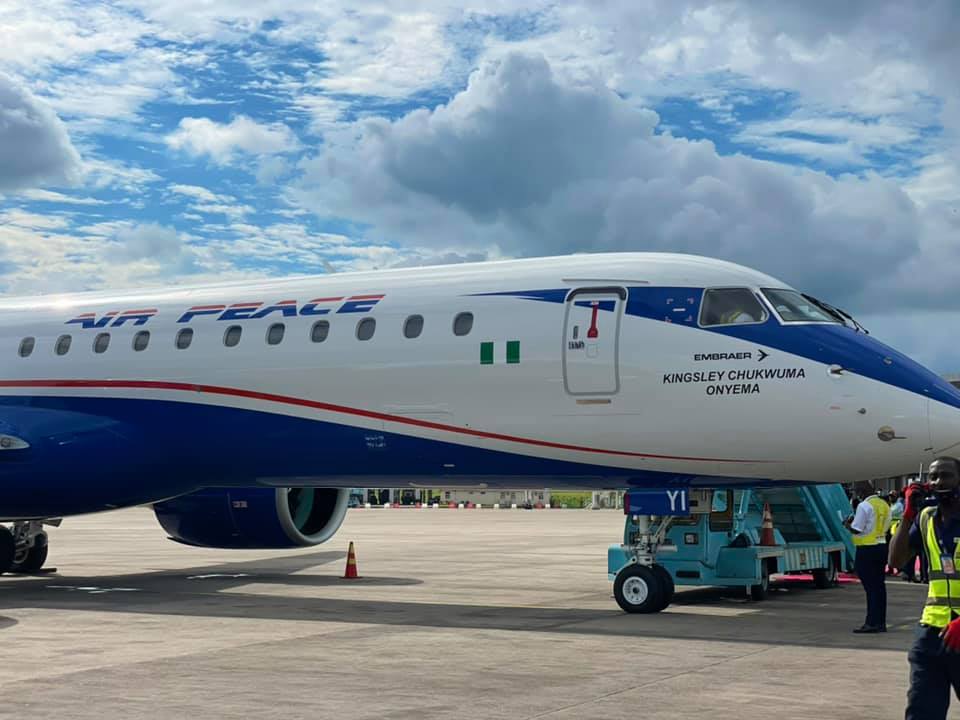
242825435 3053901844884978 2626687432324895348 n
Gone are the days when geriatric aircraft dominated the continent’s skies. Things are changing as African airlines are moving to newer aircraft. The concern of the high cost of maintenance of older airplanes and the high cost of aviation are forcing them to acquire new planes.
In Nigeria, after the devastating plane crashes involving Bellview’s Flight 210 on October 22, 2015, Sosoliso Airline’s DC-9 Flight 1145 on December 10, 2015, and subsequent crashes led to reforms in the country’s aviation sector. These crashes spurred the Nigerian government to set a deadline of April 30th, 2007 for all airlines operating in the country to re-capitalize or be grounded, in an effort to ensure better services and safety.
The Nigerian government at the time formulated a policy that prohibited aircraft of over 22 years operating in the country’s airspace. Many other African nations took the same path. The signing of the Cape Town Convention opened the floodgates of acquisition of newer airplanes by airlines as carriers are at liberty to lease aircraft.
The primary aim of the Convention and the Protocol is to resolve the problem of obtaining certain and opposable rights to high-value aviation assets, namely airframes, aircraft engines, and helicopters which, by their nature, have no fixed location. This problem arises primarily from the fact that legal systems have different approaches to securities, title retention agreements, and lease agreements, which creates uncertainty for lending institutions regarding the efficacy of their rights. This hampers the provision of financing for such aviation assets and increases the borrowing cost. This promotes the granting of credit for the acquisition of more modern and thus more fuel-efficient aircraft. Airlines also are more aware of right-sizing their fleet.
Mixed fleet of old and new in Nigeria
In Nigeria, despite the fact that some aircraft are still operating aircraft that are over 24 years old, as exemplified by Dana Airlines that still operates the MD-83 aircraft, and B737-300 among others. Aero Contractors operates B737-400, 500, and the Q400. Arik Air which faces liquidation for over N500b debts to AMCON in 2006 revolutionized the airline industry in Nigeria with several brand new A330, B737-700/800, A340 in what was a marketing gimmick, ‘Tear-Rubber’, a slang for new aircraft. Ibom Air which started flight operations over two years ago operates two A220-300 and four CRJ-900.
Nigeria’s Ibom Air introduced to Airbus A220-300s to its fleet two years ago. (Ibom Air)
Others like United Nigeria Airlines Max Air and Azman are equally moving to newer airplanes because of ‘cheaper cost and efficiency of operating modern airplanes’ according to a spokesman of one of the carriers who spoke to AirInsight under a condition of anonymity. The source further noted that although there is nothing wrong with operating older aircraft, he explained that economic factors have made operators look into cutting costs by shifting to more expensive but efficient aircraft types.
Air Peace, described as the biggest airline in Nigeria started operations seven years ago with mainly B737-300/400/500. The carrier quickly recognized the limits of these aircraft in terms of fuel efficiency migrated to brand new narrow-body Embraer aircraft. The airline in 2019 announced the acquisition of 30 Embraer 195-E2 aircraft, which included 13 firm orders and 17 purchase right orders from Embraer. Three have been delivered to the carrier while Embraer promised to deliver others in the first quarter of 2022. In 2019, the airline signed a firm agreement with Boeing to purchase 30 Boeing 737-MAX. The Chairman of the airline, Mr. Allen Onyema disclosed that the airline will maintain its orders.
Boeing sees a market for 1.030 new aircraft in Africa
Buoyed by the continent’s new focus, Boeing is predicting a growth in aircraft demand in Africa with the airframer forecasting the need for 1.030 new airplanes between now and 2040, valued at $160 billion, and aftermarket services such as manufacturing and repair worth $235 billion. The company shared the projection as part of the 2021 Commercial Market Outlook (CMO), its long-term assessment of demand for commercial airplanes and services. According to the forecast, airlines in Africa will grow fleets by 3.6 percent per year to accommodate passenger traffic growth of 5.4 percent annually, the third-highest growth rate in the world, according to the CMO. In addition, African carriers are estimated to need 250 new wide-body aircraft, including passenger and cargo models, to support long-haul routes and air freight growth, Boeing said.
Moreover, eighty percent of the continent’s jet deliveries are expected to serve fleet growth with more sustainable, fuel-efficient models such as the 737, 777X, and 787 Dreamliner, with 20% of deliveries replacing older airplanes. “Africa has healthy opportunities to expand travel and tourism, coinciding with increasing urbanization and rising incomes,” said Randy Heisey, Boeing managing director of Commercial Marketing for the Middle East and Africa.
Views: 0




